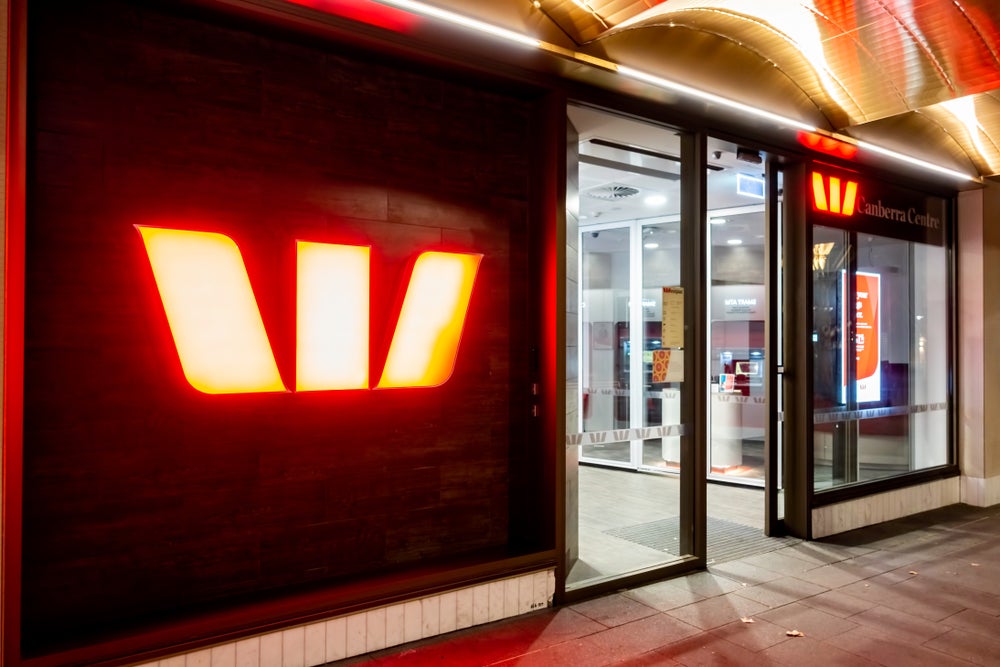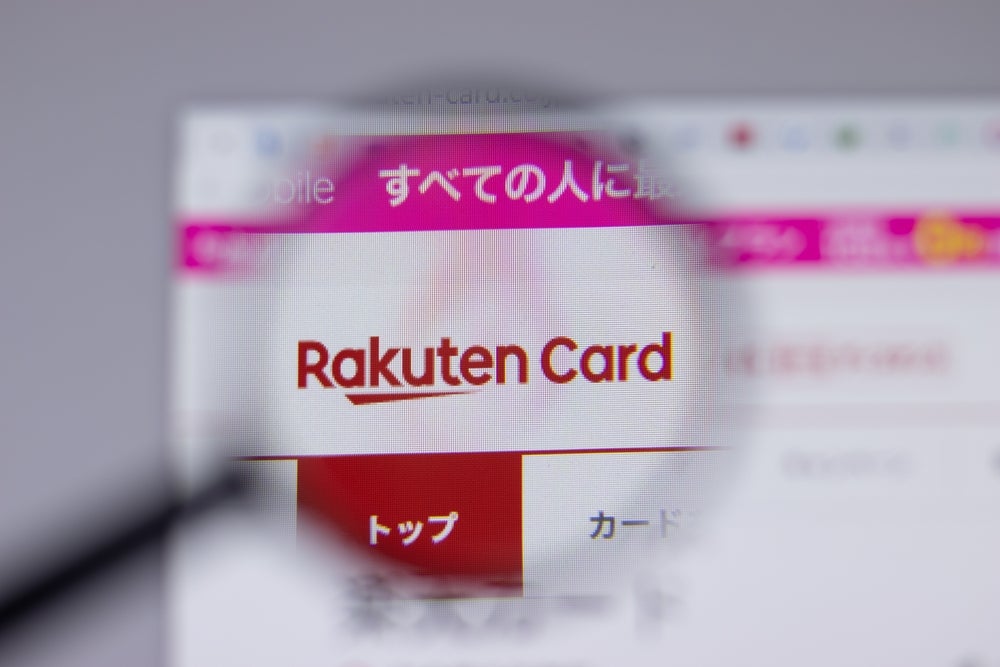of cash withdrawals is rising at a faster pace than
non-cash payments. To reverse this trend, promoting greater use of
debit cards is a key weapon in the banking industry’s armoury,
explain Neil Carden and Beth Gorry of MasterCard
Advisors.
considered a wild success in Europe where they are more ubiquitous
than in almost any other market. Nearly every European has a
banking account, which comes with a standard debit card, and these
consumers show a distinct preference for debit cards over credit
cards.
excitement among banks, which dutifully issue them with new
accounts, but do little to promote their use?
interchange income for banks from debit transactions. Europeans
also use debit cards mainly to withdraw cash from current accounts,
generating more costs for banks.
majority of POS transactions and in 15 out of 17 countries, the
average value and number of cash withdrawals is on the rise – and
at a faster pace than non-cash transactions.
transactions are outpacing credit card growth, is to overlook an
important tool in a bank’s ongoing effort to improve relationships
with customers and win their loyalty. Furthermore, the common view
of debit – as simply a cost of doing business – is likely to change
as Single Euro Payments Area (SEPA) requirements take effect.
Single payments area
SEPA will create a fully open and competitive payment card market.
Under the new guidelines, banks will be required to deliver debit
cards that consumers can use across all SEPA markets with the same
ease and pricing transparency as they have domestically. On one
hand, SEPA guidelines are intended to have a leveling effect on
interchange and other fees, likely resulting in declining revenue
to banks. However, the wider merchant acceptance SEPA provides will
drive more card transactions.
opportunity for banks to segment their customers as the basis for
developing differentiated offerings, gain insights that can aid in
cross-selling other financial products and services and lower
costs.
been intensifying in recent years and as regional banks acquire and
merge with one another, they are introducing new services for
consumers. Effects of this global marketplace are already being
felt.
opening their first bank accounts selected their parents’ bank.
That is no longer the case. Similarly, UK consumers, once viewed as
lifetime customers of one bank, today readily shop around for
banking services in search of more attractive offerings and has led
banks to compete aggressively for customers.
can help banks create differentiated experiences that enrich the
current account for distinct customer groups. For example, students
opening a first account may have received an ATM-only card in the
past but by offering them an entry-level debit card instead they
can now make POS transactions that generate usage data rather than
just costly ATM withdrawals.
consumers who are more likely to travel may be provided a debit
card that offers more travel and purchase protection and encourages
use both domestically and cross-border. By better aligning features
to customer needs, banks can support a differentiated approach and
encourage the desired spending that drives revenue.
unique needs of individual cardholders. More and more, consumers
value personalised communications and offers that are relevant to
them. This type of customer relationship is driven by customer
insights gathered from actual purchase behaviour and consumer
preferences.
their customer base and when they have, their efforts have mainly
focused on types of current accounts or, more generally, on
customer life-cycle stages. Banks can gain valuable insights into
their customers’ spending behaviour by engaging in a robust
segmentation exercise. This will enable banks to better meet the
needs of various customer segments, which in turn will raise
customer satisfaction and loyalty.
terms of the revenue they generate, so recognising differences
among customer groups can have a big impact on a bank’s profit. We
believe segmentation strategies are critical to helping banks
identify customers that will deliver the greatest profit.
each consumer segment, it can tailor products and services to
maximise revenue from each, and determine where to focus future
investments.
Distinct needs

Among possible strategies banks can profit by is building products
to meet distinct needs of specific customer segments. For example,
the purchasing behaviour of affluent consumers is very different
from other consumers, but there are also differences within the
segment itself. Spending in all payment types on computers, sports
equipment, or children’s apparel is very similar across the
affluent spectrum, from mass affluent to elites. But when it comes
to entertainment appliances, women’s apparel, watches, and
jewellery, spending patterns are dramatically different. Therefore,
a debit rewards programme for the elite affluent cardholder would
differ from programmes for other affluent consumers, as would
choice of merchant co-brand partners.
help them serve various customer segments. Parents with high school
or university-age students, for example, might want a debit card to
transfer funds from their account to their child’s.
for everyday purchases, the ability to tap into an overdraft on
their current account is another valued feature. Alternately, a
short message service alert that advises customers when current
account balances are low could be a valuable feature to certain
customers.
relationships is to bundle products and services that appeal to
specific segments is another way. Card and card benefits are
wrapped in with other bank products to reinforce a segment-based
approach and increase the number of products sold at account
opening. High-value brokerage customers might be issued an ‘elite’
debit card with benefits relevant to affluent households, along
with a pre-approved credit card that caters to this segment’s
penchant for exceptional service and experiences.
Cut costs of paper transactions
How well do you really know your competitors?
Access the most comprehensive Company Profiles on the market, powered by GlobalData. Save hours of research. Gain competitive edge.

Thank you!
Your download email will arrive shortly
Not ready to buy yet? Download a free sample
We are confident about the unique quality of our Company Profiles. However, we want you to make the most beneficial decision for your business, so we offer a free sample that you can download by submitting the below form
By GlobalDataIn addition to generating valuable information and insights,
electronic payments are much more profitable to banks than paper
cheque and cash payments. Processing cheques and maintaining and
disbursing cash over the counter at branches and via ATMs results
in significant expense. In addition, some banks subsidise ATM fees
as a current account feature for certain customers, further
increasing the cost of cash.
transactions are costly to banks, and can generate losses if they
have very limited relationships with these institutions.
Consultancy McKinsey’s analysis of profitability of banks in nine
European countries reveals that banks lose a total of €20 billion
($29 billion) on cash transactions and €4.4 billion on cheque
transactions while debit cards earn them €4.4 billion in
transaction revenue.
between one and three times a week, and are most likely to do so in
a department store (75 percent), grocery store (51 percent), for
travel outside their own country (41 percent), and at restaurants
(35 percent).
surveyed by McKinsey said their debit card use has risen in the
past year, overall usage is still low compared to the US, where
active debit cardholders make 3.7 in-store debit transactions
weekly. By moving consumers from cash to electronic payments, debit
can help cut down the costs of handling cash and cheques for banks
and merchants.
capturing low-value payments. They offer consumers a fast and
convenient alternative to cash for everyday small purchases,
particularly in quick-payment environments where speed is
essential, such as fast food restaurants, convenience stores, fuel
stations, vending machines, movie theatres, transit and sport
arenas. In a recent survey, 63 percent of European consumers
expressed a positive reaction to contactless payments, offering
plenty of opportunity to seize on this innovation to drive debit
use.
illustrates the potential of contactless cards. Consumers have
shown they are loyal to PayPass merchants, use their
PayPass-enabled cards more often than traditional payment cards,
and display an overall preference for electronic forms of payment
over cash.
as their benefits become more widely known. A recent survey of
merchants found that the majority – 67 percent of merchants in
Asia-Pacific, 57 percent in Europe/Middle East/Africa and 54
percent in the Americas – plan to adopt contactless technology in
the next 12 to 24 months, according to consultancy Aberdeen
Group.
other means with a contactless card is a potentially large debit
application itself. Debit cards offer transit operators greater
efficiencies, enhanced data, and reduced cash management costs,
while consumers benefit from their convenience and security.
offers flexibility of either debit or credit payment at the POS,
without having to carry more than one card. By offering customers a
combo-card, banks give cardholders more opportunity to use a credit
card when making purchases, and more opportunity is likely to lead
to more use.
in Eastern European countries such as Hungary, and may prove to be
the long-term solution to motivate greater credit card adoption
among European cardholders. By making the credit function the
default, it can also prevent cannibalisation of credit by
debit.
important, as increasingly savvy customers seek out the best deal
in managing their finances. In an effort to attract and keep more
customers’ business, banks are rewarding not just one component,
such as card spending, but the entire relationship. One of the
first banks to offer relationship rewards – for everything from
cheques and savings to loan applications and money market funds –
was Banco Popular in 2002 with its PREMIA service.
manage complex enterprise-wide rewards, and enable them to
customise their rewards to suit their particular business model and
customer base. Citibank’s innovative ‘Thank You’ programme rewards
customers for using their debit or credit card, but does not reward
ATM use. The more services Citi customers use the more points they
earn. The rewards can be redeemed in a number of ways, as well – to
buy merchandise, as a statement credit to a Citi account or as cash
back.
Using debit to win and keep customers
Retail banks would be wise to position themselves to take advantage
of the growth of debit. As purchasing with debit cards becomes more
widely acceptable, thanks to the SEPA guidelines as well as
innovations like contactless and mobile payments, issuing banks can
realise important benefits. Armed with sophisticated segmentation
tools, they can offer differentiated products and services designed
to attract and retain their most profitable customers
preferences of their customers, to raise their cross-sell rate and
further increase revenues and profits. Finally, by motivating
European consumers to select card payments over cash and cheque,
banks reduce costs and potentially increase revenue-generating
credit card use.
likely reap significant rewards. A MasterCard Advisors analysis of
UK data has shown that the value embedded in a portfolio of 1
million debit cards can be as much as £20 million ($37 million)
incremental contribution per year. This value comes from reduced
ATM costs, additional foreign and domestic interchange revenue and
increased net interest and fee income. Similar results might be
achieved by all European banks; in fact, the number is likely to be
larger in many markets, especially those where ATM usage is higher
than in the UK.
extracted by cultivating debit transactions to generate deeper
consumer insights, debit cards will not only keep growing in usage,
but also in contribution to the bank’s overall bottom line.
services arm of MasterCard Worldwide. London-based Carden is
responsible for advising financial institutions in Europe. New
York-based Gorry heads MasterCard Advisors’ Debit Solutions
business.







